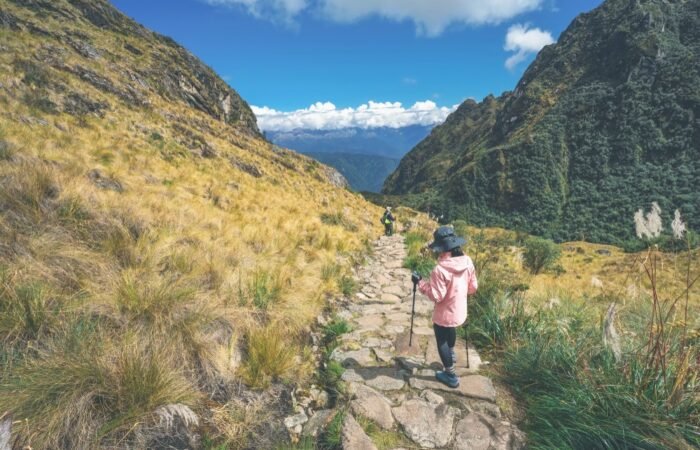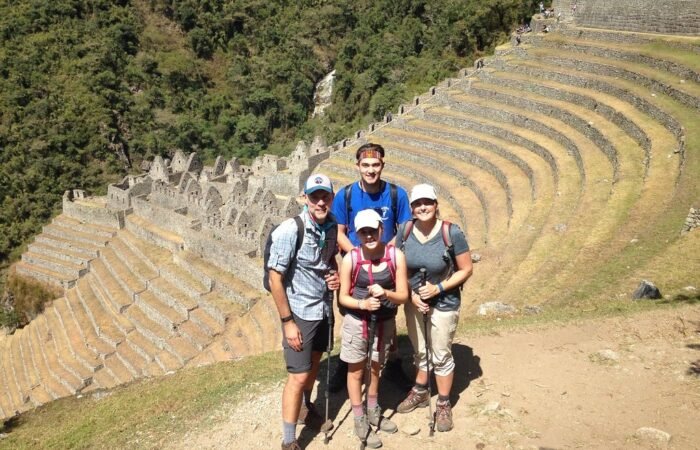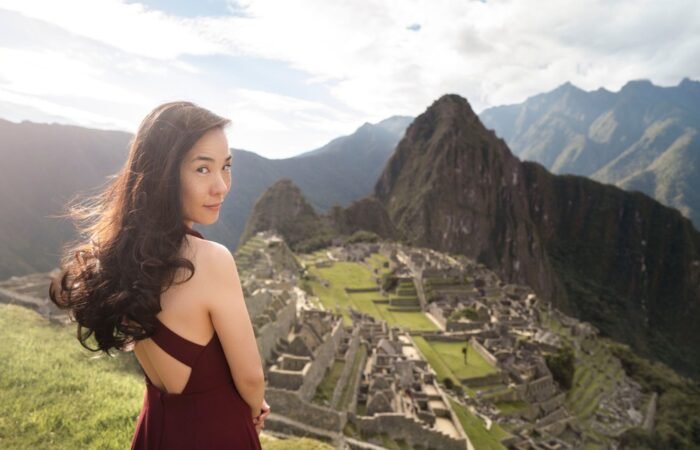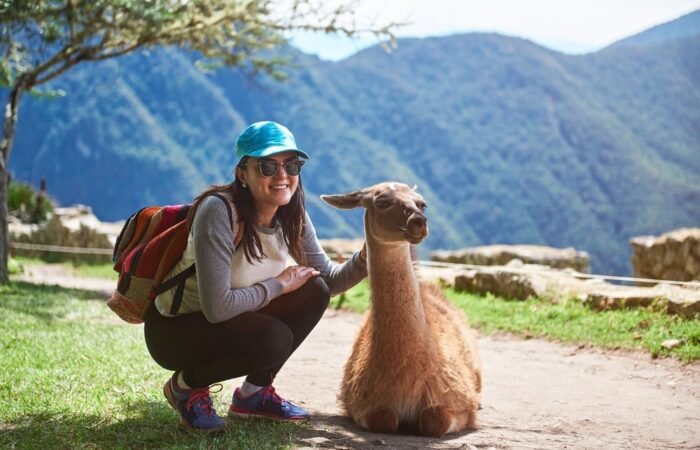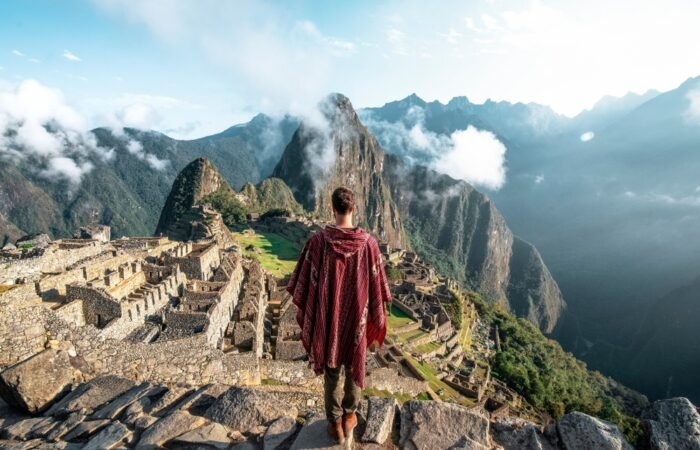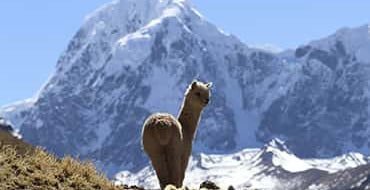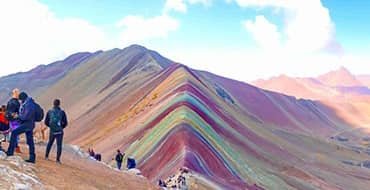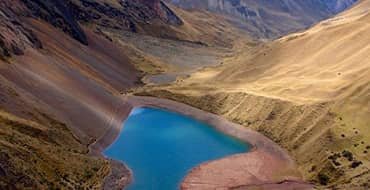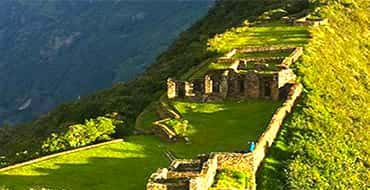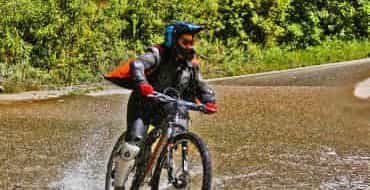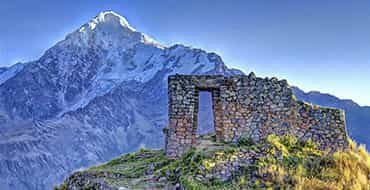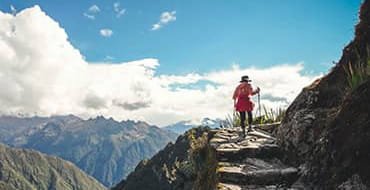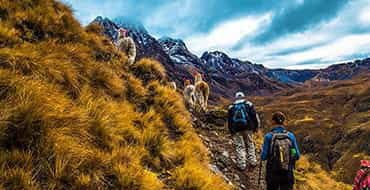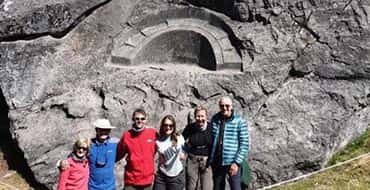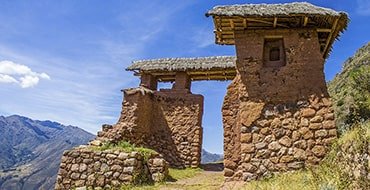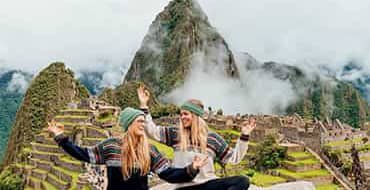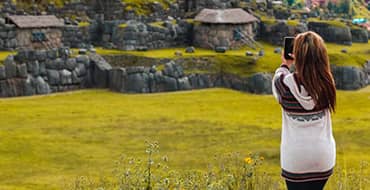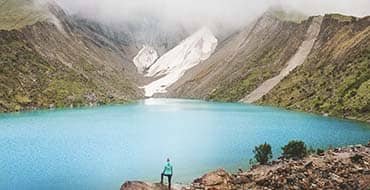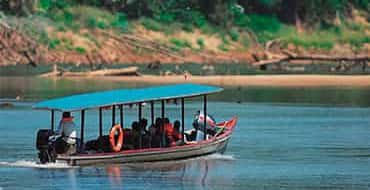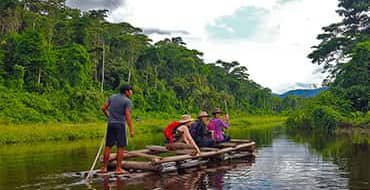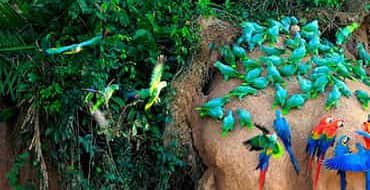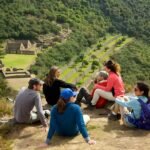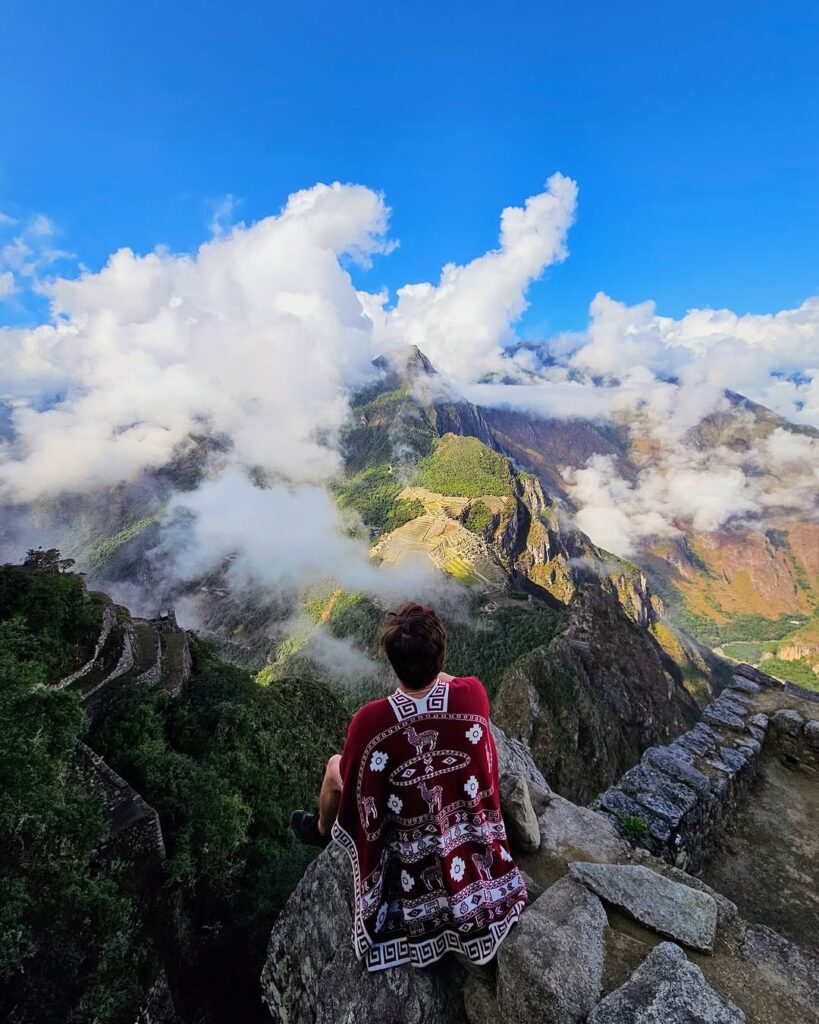
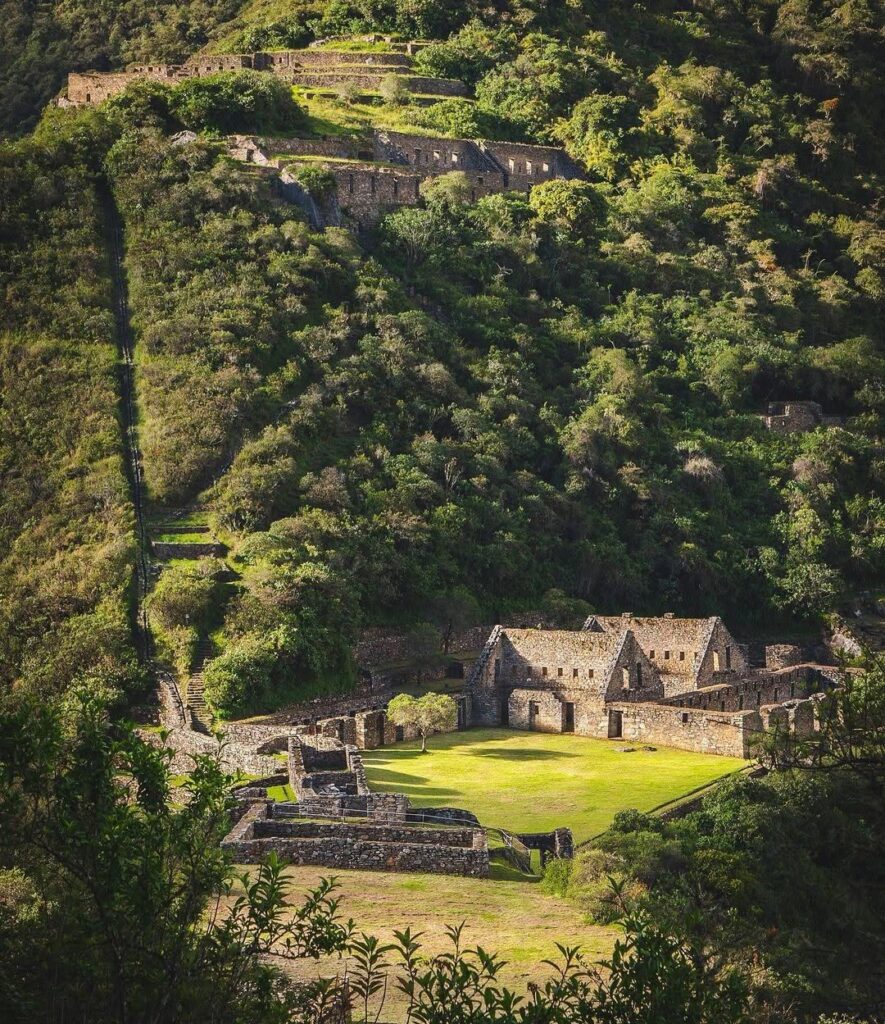
Introduction to the Inca and Choquequirao Trails
The Inca Trail and Choquequirao Trail are two of the most renowned trekking routes in Peru, each offering unique experiences anchored in history and natural beauty. The Inca Trail, a UNESCO World Heritage Site, is famed for its remarkable ancient pathways leading to the iconic ruins of Machu Picchu. Stretching approximately 42 kilometers, this trek combines impressive archaeological sites, lush cloud forests, and breathtaking mountain vistas. Historically, it served as a crucial route for the Inca civilization, connecting significant sites across their empire. Adventure seekers are drawn not only to its stunning scenery but also to the opportunity to engage with the rich cultural heritage of the Incas as they traverse the rugged terrain.
In contrast, the Choquequirao Trail is lesser-known but equally captivating. This trek leads to the archaeological site of Choquequirao, often referred to as the “Cradle of Gold,” which is perched on a plateau above the Apurimac River. Spanning around 62 kilometers, the Choquequirao Trail is characterized by its remote landscapes, diverse flora and fauna, and fewer crowds, making it an enticing alternative for those seeking solitude in nature. Historically, Choquequirao served as a significant Inca settlement and possibly a retreat for the Incas during their confrontations with Spanish conquistadors. The trek to this site offers hikers a more intimate connection with the past and an opportunity to explore ruins that are still undergoing restoration.
Both trails provide unique insights into the Inca civilization while challenging trekkers with diverse terrain and altitudes. Selecting between these two iconic trails depends on personal preferences, fitness levels, and the type of adventure one seeks. Each trail fuels the wanderlust of adventurers and history enthusiasts alike, setting the stage for a thorough comparison of the two remarkable routes.
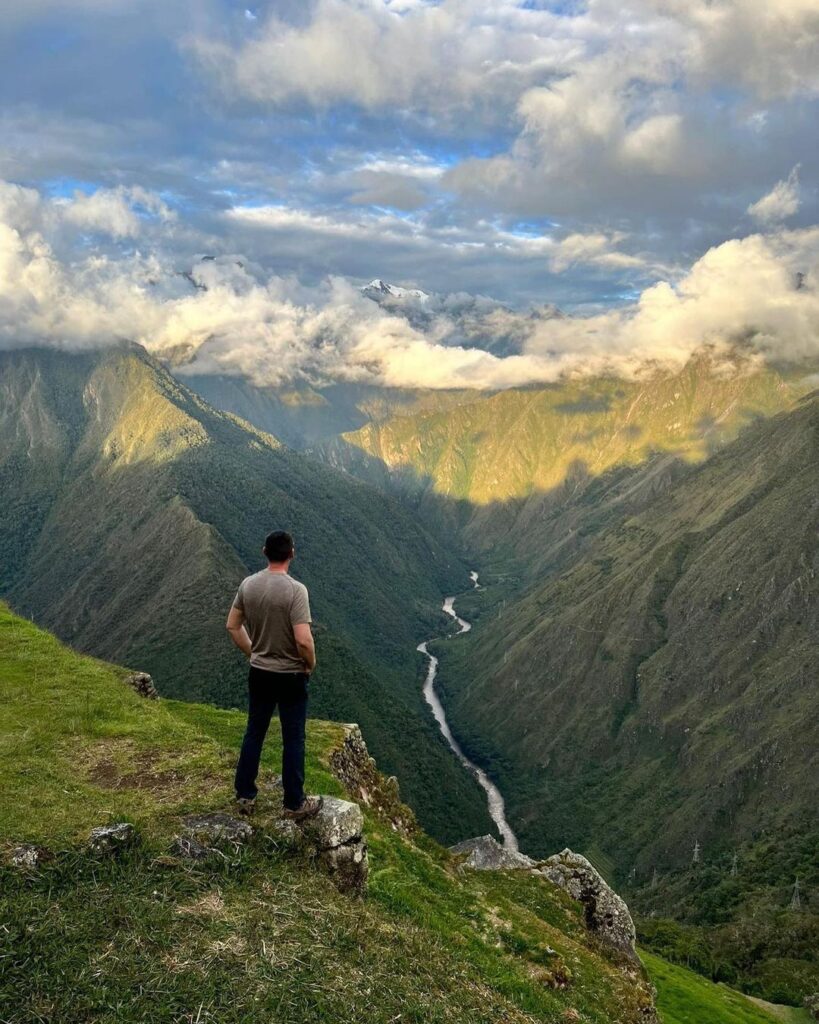
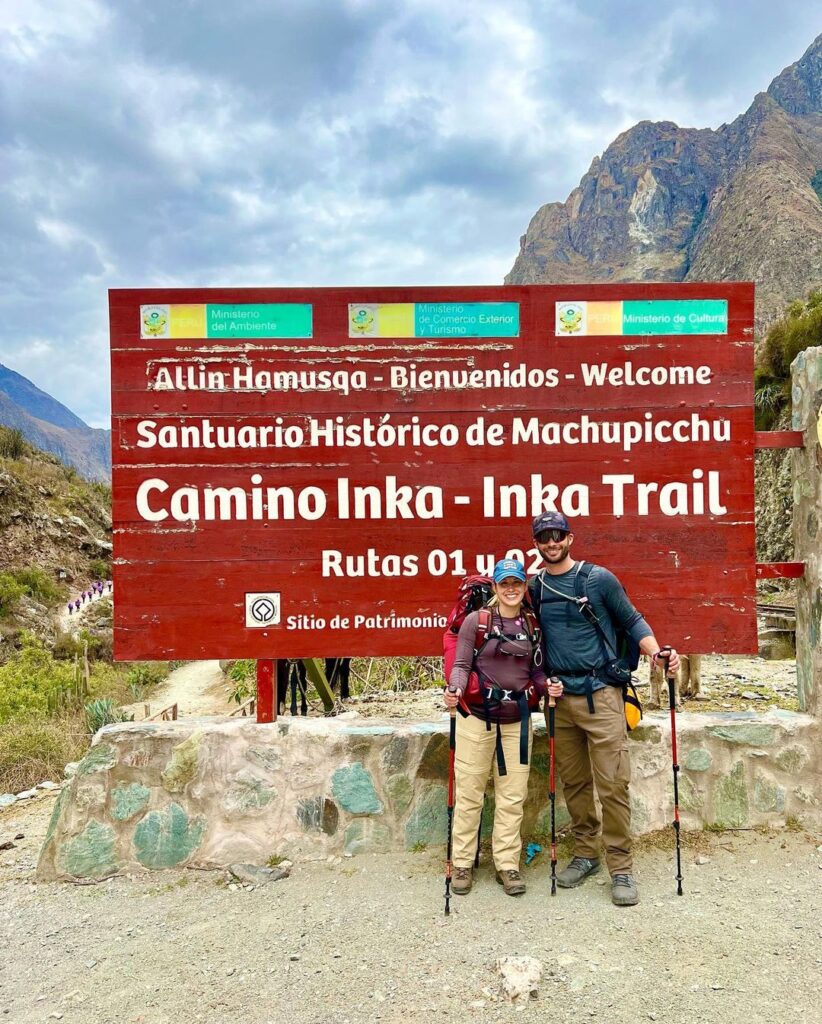
Trail Overview: Inca Trail
The Inca Trail is one of the most famous trekking routes in South America, renowned for its stunning landscapes and rich cultural significance. Spanning approximately 26 miles (42 kilometers), this trail typically takes four days to traverse, culminating in the iconic ruins of Machu Picchu. The journey begins at the Km 82 trailhead and winds through diverse ecosystems, including cloud forests, alpine tundra, and lush valleys, all set against the backdrop of the majestic Andes Mountains.
Characterized by its moderate to challenging difficulty level, the Inca Trail requires trekkers to be in good physical condition. Elevation changes along the route can reach heights of over 13,800 feet (4,200 meters), presenting potential altitude challenges. Proper acclimatization, along with adequate preparation, is essential for an enjoyable experience. Despite the demanding nature, the well-maintained path features a variety of ascents and descents, allowing trekkers to adjust their pace and fully appreciate the spectacular scenery.
Along the Inca Trail, adventurers encounter several significant archaeological sites, such as Wiñay Wayna and Dead Woman’s Pass. These locations provide insight into the Inca civilization and its impressive engineering feats. Wiñay Wayna, for instance, is a beautifully preserved site that showcases terraced farming and intricate stonework. Trekkers also experience breathtaking panoramas of the ancient landscape, further enriching the journey.
Campsites are strategically placed along the route, offering opportunities for rest while fostering a sense of camaraderie among fellow trekkers. Each campsite has clear facilities, ensuring that hikers can recharge before continuing their adventure. The combination of culture, history, and natural beauty solidifies the Inca Trail’s reputation as a must-visit trek, appealing to those seeking a profound connection to Peru’s ancient past while immersed in the breathtaking Andes.
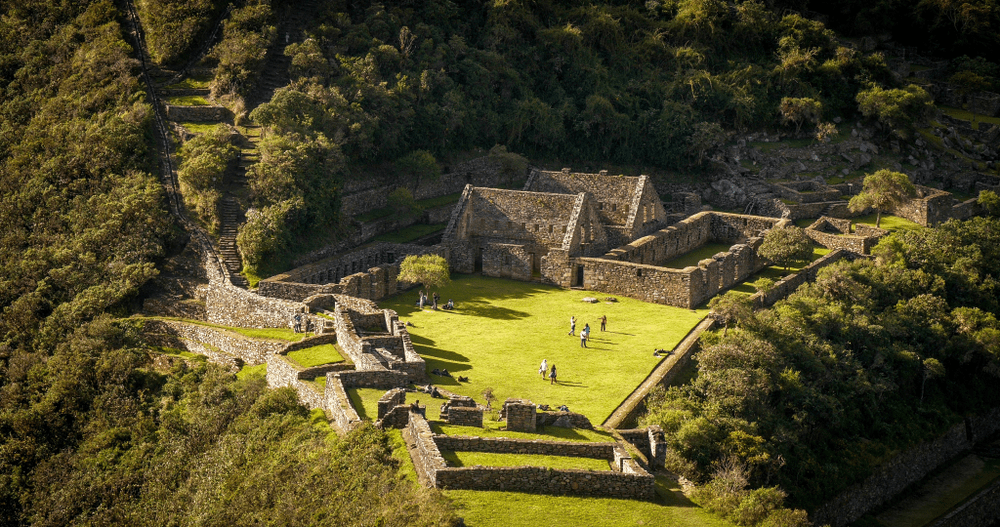
Trail Overview: Choquequirao
The Choquequirao Trail is renowned for its stunning vistas, remoteness, and rich archaeological history, making it a compelling option for trekkers seeking an alternative to the more popular Inca Trail. Stretching approximately 62 kilometers (39 miles), this trek typically takes around four to five days to complete, depending on the itinerary and pace of the group. The journey is set against a breathtaking backdrop of the Andes mountains, characterized by steep inclines, lush vegetation, and diverse wildlife.
One of the most distinctive features of the Choquequirao Trail is its level of difficulty. It presents a moderate to challenging experience due to steep ascents and descents, with altitudes reaching up to 3,100 meters (10,171 feet). This trek requires a good level of fitness, and trekkers should be prepared for varying weather conditions. The combination of physical challenge and rewarding landscapes ensures that those who undertake this trek will have a memorable experience.
The trail offers solitude and tranquility, often allowing trekkers to enjoy the stunning scenery without the crowds found along the more commercialized Inca Trail. Along the way, hikers will encounter lesser-known archaeological sites, including the stunning ruins of Choquequirao, referred to as the “Cradle of Gold.” This site is often compared to Machu Picchu, but with significantly fewer visitors, it provides an authentic and serene experience of ancient Inca culture.
Moreover, the flora and fauna that embellish the Choquequirao Trail contribute to its unique charm. From colorful orchids to soaring condors, nature lovers will find plenty to marvel at. As such, the Choquequirao Trail not only presents an opportunity for a challenging trek but also invites trekkers to immerse themselves in the surrounding beauty and history of the Andes.
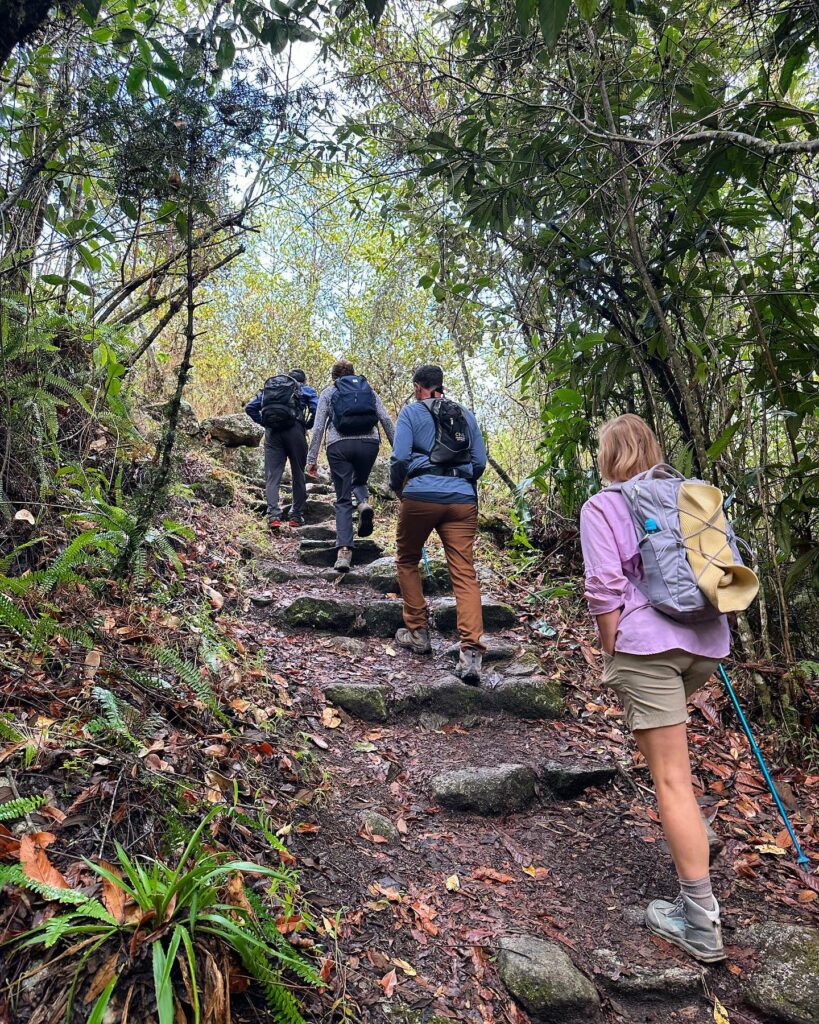
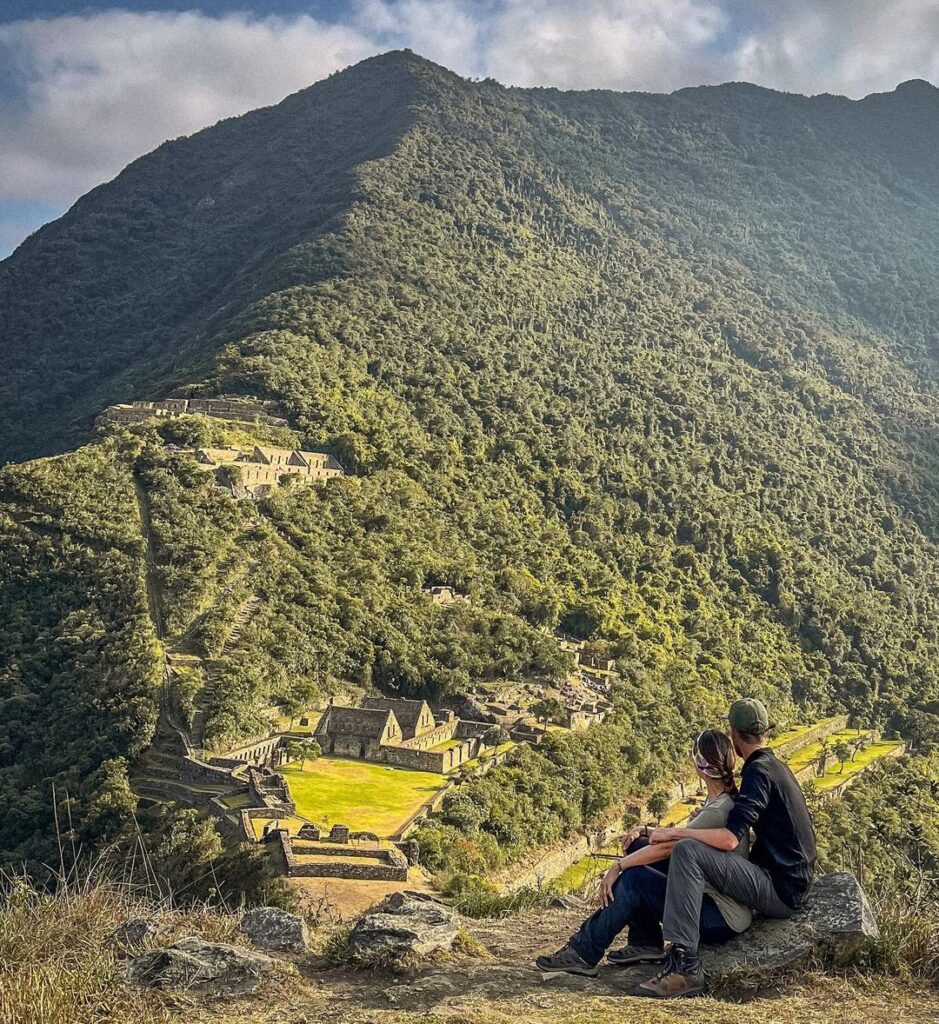
Scenic Beauty: A Comparison
The Andes mountains, renowned for their majestic landscapes, offer two mesmerizing trails: the Inca Trail and the Choquequirao Trail. Each path provides a unique visual experience, showcasing the remarkable natural beauty of the region. While both trails offer stunning vistas, there are notable differences in their scenic offerings.
The Inca Trail is characterized by its archaeological significance and diverse ecosystems. This famous route, winding through lush cloud forests, showcases vibrant flora and fauna including exotic orchids, hummingbirds, and a variety of high-altitude plants. As trekkers navigate the trail, they are treated to breathtaking views of iconic peaks such as the towering Machu Picchu Mountain. The changing landscapes—from terraced agricultural fields to verdant valleys—create numerous opportunities for breathtaking photography, capturing not only the grandeur of the mountains but also the historical remnants of ancient Incan civilization.
In contrast, the Choquequirao Trail offers a more rugged and remote experience, often regarded as a hidden gem in the Andes. This lesser-known trek takes adventurers through dramatic landscapes, marked by steep cliffs and deep valleys. The trail’s proximity to the Choquequirao archaeological site enhances its allure, as visitors can enjoy stunning vistas of the surrounding mountains and the Apurímac River below. The natural beauty along the Choquequirao Trail includes a diverse range of ecosystems, from arid highland deserts to lush rainforest, enriching the visual experience throughout the journey.
While both trails present a wealth of natural beauty, the selection between the Inca Trail and Choquequirao Trail ultimately depends on personal preferences. The Inca Trail leans toward cultural immersion with its rich history juxtaposed against stunning mountain scenery, while the Choquequirao Trail appeals to those seeking solitude amid unmatched landscapes. Each option embodies the breathtaking beauty of the Andes, ensuring that trekkers will be captivated by their surroundings no matter the chosen path.

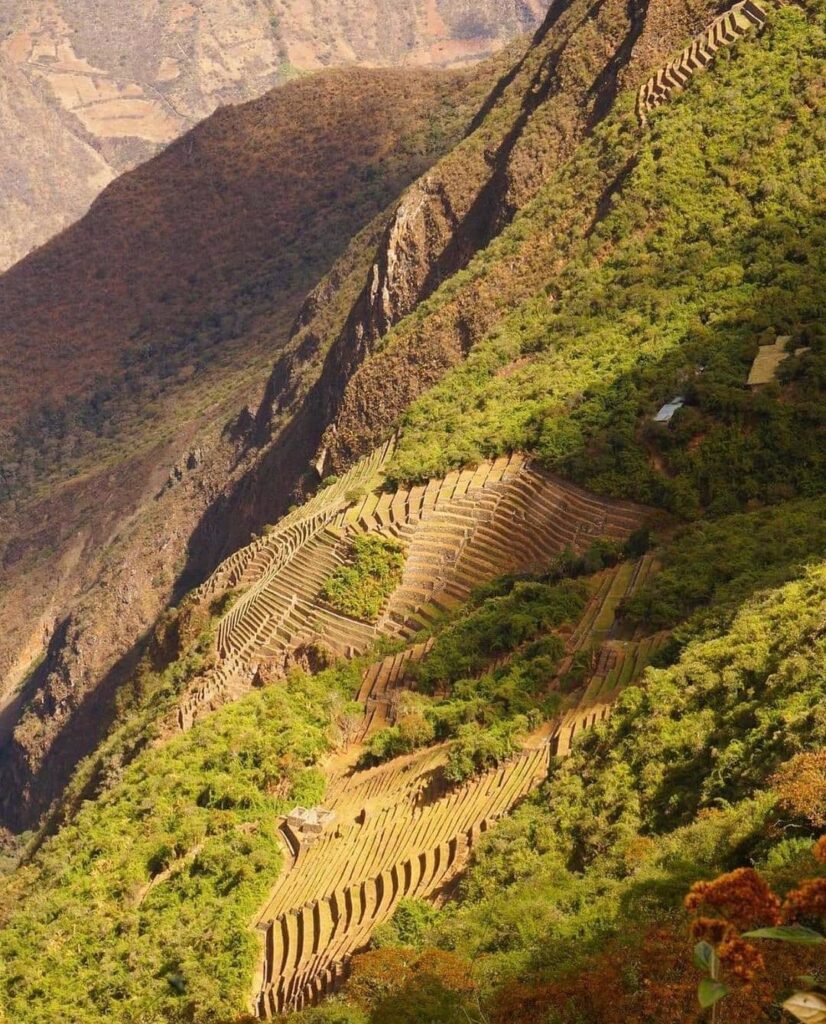
Cultural Experiences Along the Trails
Both the Inca Trail and Choquequirao Trail offer unique cultural experiences that reflect the rich history and traditions of the Andean region. The Inca Trail, renowned for its exceptional ruins and breathtaking landscapes, serves as a historical artery through the heart of the Inca Empire. As trekkers journey along this iconic path, they encounter several ancient sites, each telling a story of the Inca civilization. The connection to this majestic culture is palpable, especially when guided by knowledgeable locals who share insights about indigenous practices and rituals.
In contrast, the Choquequirao Trail provides a more intimate setting for cultural immersion. This lesser-known route leads adventurers to the archaeological site of Choquequirao, often referred to as “the other Machu Picchu.” Here, trekkers have the opportunity to engage directly with local communities, experiencing the customs and lifestyles preserved over generations. The communities along this trail maintain a strong connection to their heritage, which is evident in their artisanal crafts, traditional festivals, and agricultural practices. Interactions with local people not only enhance the trekking experience but also allow hikers to gain a deeper appreciation of the indigenous worldview.
Both trails are rich in historical significance, yet they deliver different experiences. The Inca Trail is well-trodden, drawing large numbers of trekkers and providing extensive interpretations of ancient Incan life. On the other hand, the Choquequirao Trail offers a more serene, off-the-beaten-path exploration, allowing trekkers to savor authentic cultural exchanges. Ultimately, the choice between these two remarkable routes may depend on the type of cultural interaction one seeks: a bustling historical experience on the Inca Trail or a tranquil engagement with pre-Columbian traditions along the Choquequirao Trail.
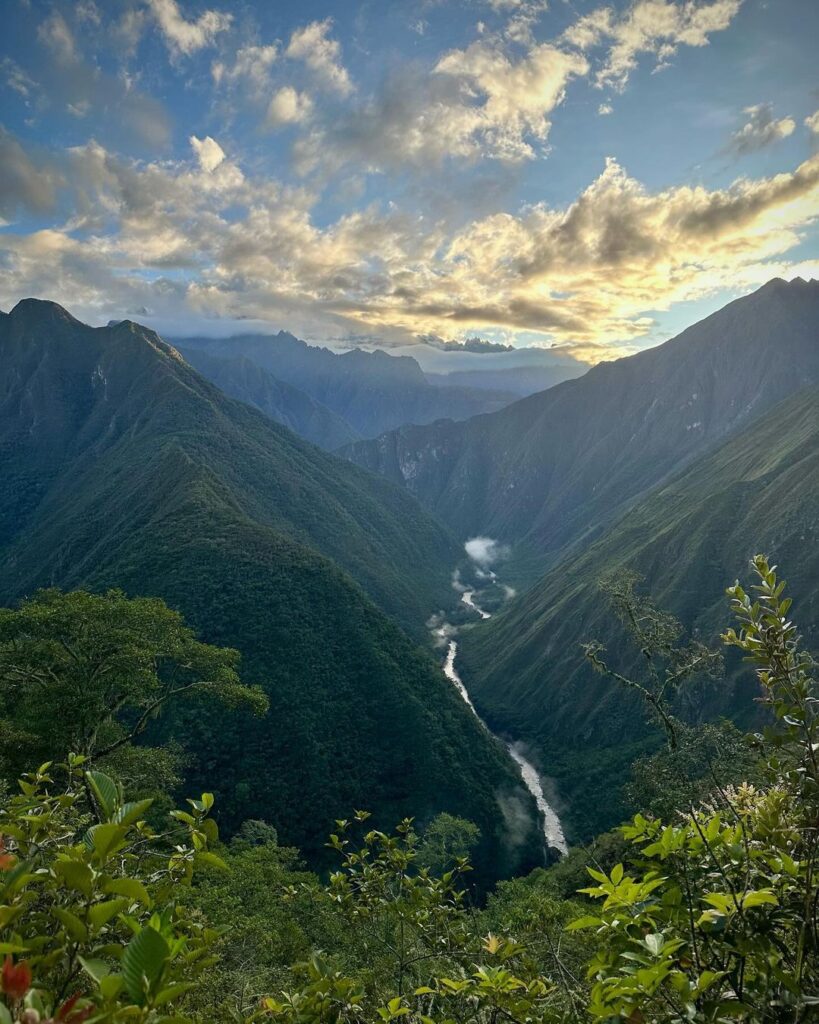
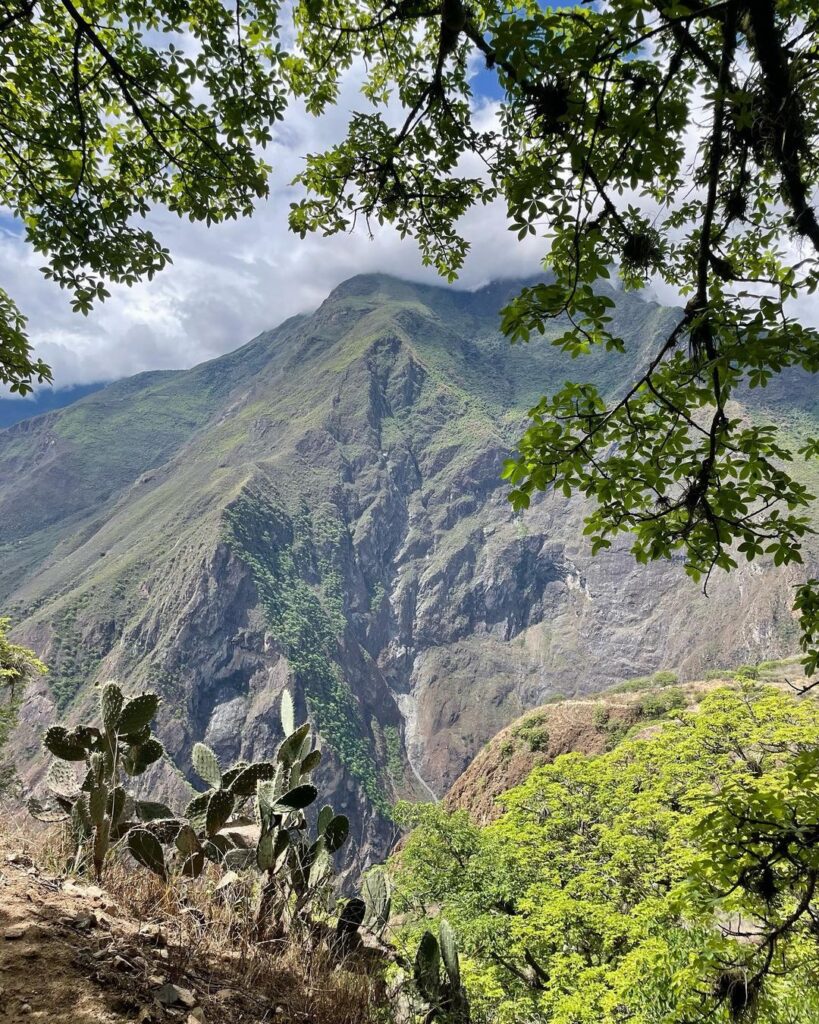
Difficulty Level and Trekking Experience
When evaluating the difficulty levels of the Inca Trail and the Choquequirao Trail, it is essential to consider several factors, including physical demands, elevation changes, and altitude sickness concerns. The Inca Trail, renowned for its breathtaking vistas and ancient ruins, typically requires a moderate level of fitness. This trail spans approximately 26 miles (42 kilometers) and features significant elevation changes, with trekkers reaching altitudes of over 13,800 feet (4,200 meters). Due to its popularity, proper preparation is crucial, as travelers may encounter crowded conditions, particularly during peak seasons.
In contrast, the Choquequirao Trail is considered more challenging. This less traveled path encompasses around 31 miles (50 kilometers) and involves steep ascents and descents, leading trekkers to elevations close to 10,000 feet (3,048 meters). The trail demands a higher fitness level, particularly due to its rugged terrain and longer duration. Moreover, the remoteness of the Choquequirao Trail means that trekkers must also be prepared for potentially adverse weather conditions and limited access to amenities.
Both trails pose the risk of altitude sickness, a condition that can affect anyone, regardless of their fitness levels. It is vital for trekkers to understand their own limitations and be aware of the signs of altitude sickness, which can include headaches, nausea, and dizziness. As such, acclimatization is critical; taking time to adjust to higher altitudes can significantly enhance the trekking experience.
To prepare for either trek, participants should engage in a training regimen that combines cardiovascular activities, strength training, and endurance exercises. Additionally, practicing on diverse terrains can help build the necessary skills for navigating both trails. Ultimately, the choice between the Inca Trail and the Choquequirao Trail will hinge on individual fitness levels, personal preferences, and desired trekking experiences.
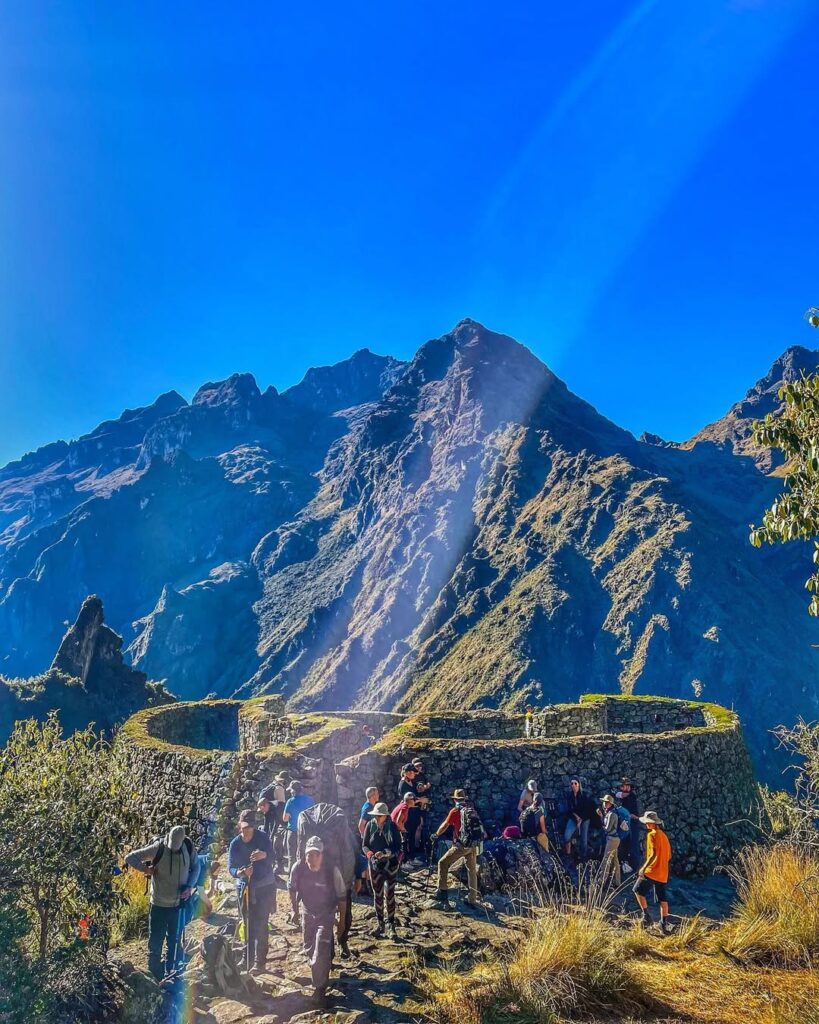
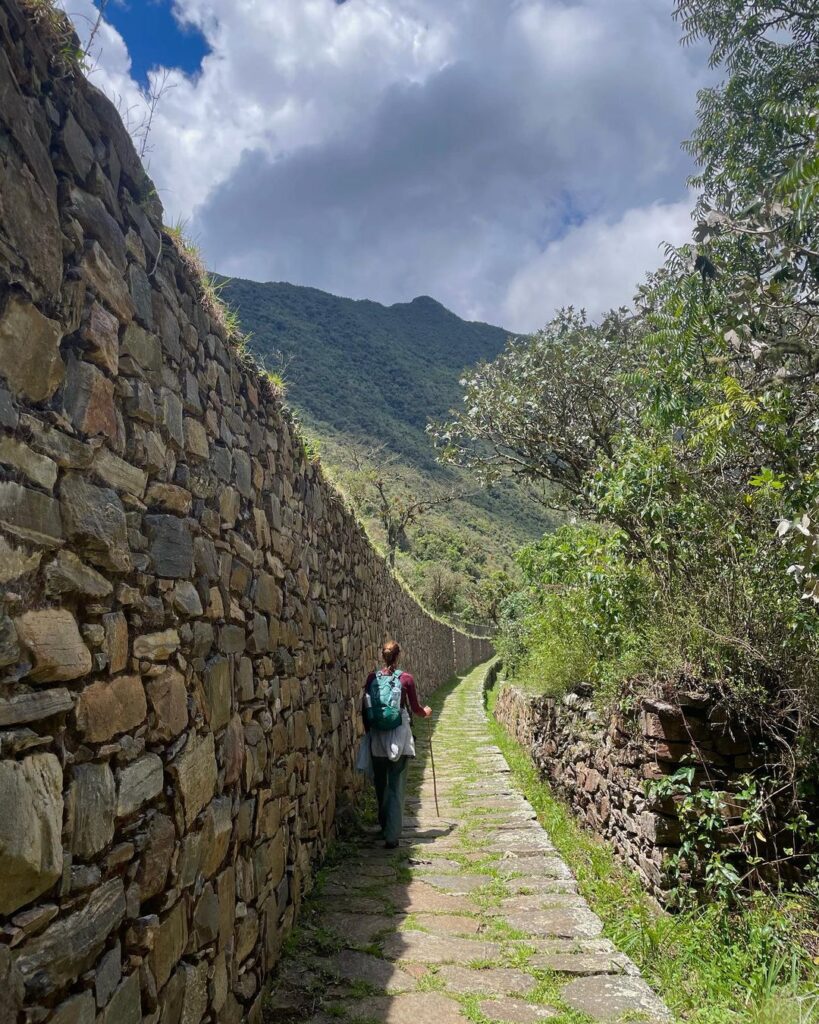
Tourism Impact and Visitor Limits
The Inca Trail and Choquequirao Trail have become two of the most desirable trekking options for those exploring the Andes. However, the surge in tourism on both trails has raised essential questions regarding sustainability and the preservation of these historical pathways. In particular, the Inca Trail has implemented specific visitor limits to manage the influx of hikers. The government of Peru has established a cap on daily visitors, allowing a maximum of 500 individuals, including guides and porters. This restriction aims to protect the trail’s integrity and prevent the degradation caused by overuse. By controlling access, these measures help maintain the ecological balance and preserve the cultural heritage embedded in the surroundings.
In contrast, the Choquequirao Trail does not have stringent visitor limits, which presents both opportunities and challenges. While this trail can accommodate more tourists, its relative accessibility has led to concerns about environmental degradation and its impact on local communities. The increased foot traffic can result in soil erosion, disrupt wildlife habitats, and strain local resources. Furthermore, the lack of formal regulations may hinder efforts to ensure that tourism benefits the local economy while minimizing ecological footprints.
Thus, the contrasting approaches to visitor management between the two trails raise important considerations for potential hikers. The visitor limits on the Inca Trail not only enhance the experience by reducing congestion but also foster responsible tourism practices. In contrast, the Choquequirao Trail, while less crowded, requires conscientious planning and a commitment to sustainable practices from trekkers to safeguard its pristine environment and the well-being of local communities. Ultimately, understanding the ramifications of tourism on both trails plays a vital role in making informed decisions when selecting an Andean adventure.
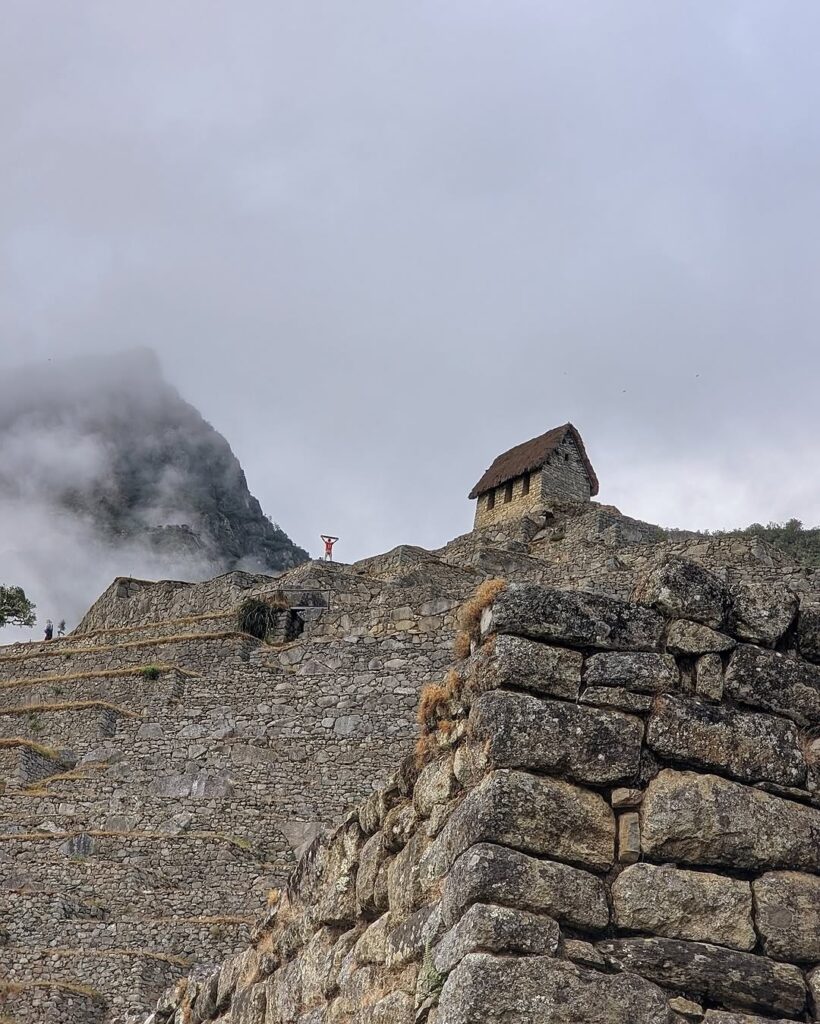
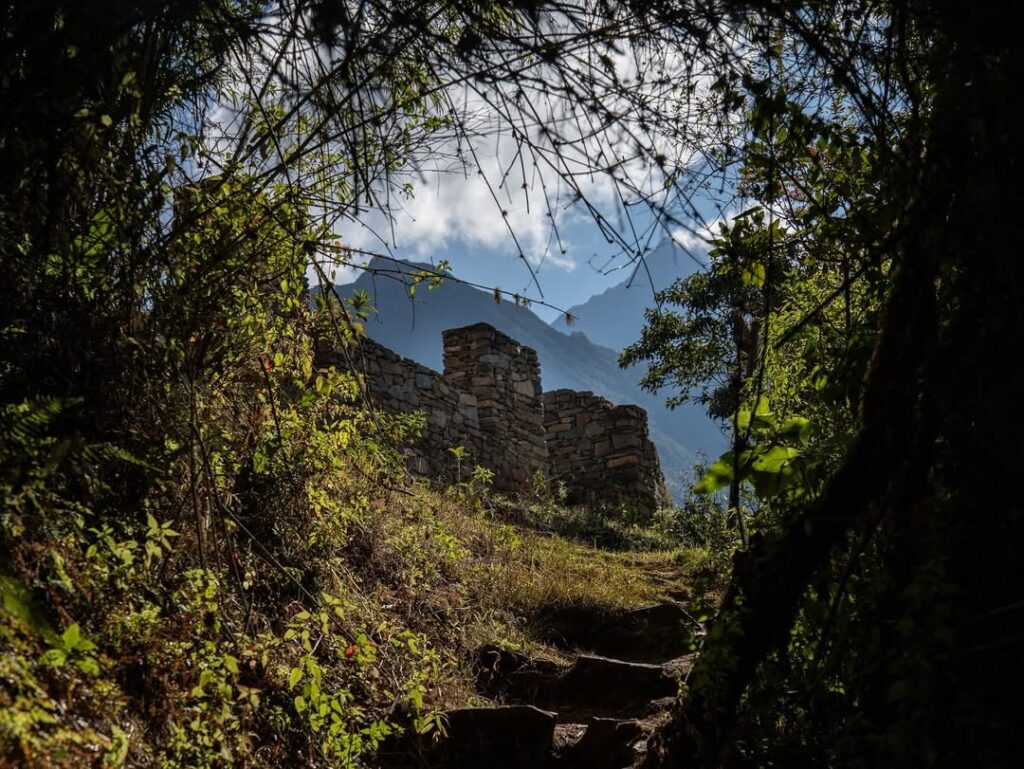
Cost Analysis of Trekking: Inca Trail vs. Choquequirao
When planning an adventure in the Andes, understanding the cost implications of trekking the Inca Trail versus the Choquequirao Trail is paramount. The Inca Trail is often considered the more popular option among tourists, and consequently, it carries a higher price tag. The cost of permits for the Inca Trail can reach approximately $500 per person, which includes access to the historic sites along the route. In addition to the permit costs, trekkers will also need to budget for a licensed guide, which typically ranges from $150 to $300 depending on the itinerary and group size. Furthermore, the Inca Trail’s camping and food arrangements are organized through tour companies, adding an additional expense of about $200 to $400, depending on the level of service chosen.
On the other hand, the Choquequirao Trail presents a more budget-friendly option without compromising the stunning vistas and rich cultural experiences. The permits for the Choquequirao Trail are notably less expensive, costing around $15 per person. Although hiring a guide is recommended for both safety and navigation purposes, the costs tend to be lower compared to the Inca Trail, averaging about $100 to $250. Trekking the Choquequirao Trail generally requires independent camping, resulting in additional expenses for supplies, but these will often be less than what is included in a packaged deal for the Inca Trail.
In terms of transportation, the costs to reach each trailhead should also be considered. Travel to the Inca Trail’s starting point can range from $20 to $50. For the Choquequirao Trail, travelers might encounter slightly lower transportation costs, although reaching the starting point may involve longer travel times or less frequent transport options.
Ultimately, individuals planning their Andes adventure should carefully evaluate these cost differences, as they can significantly influence the choice between the Inca Trail and the Choquequirao Trail.
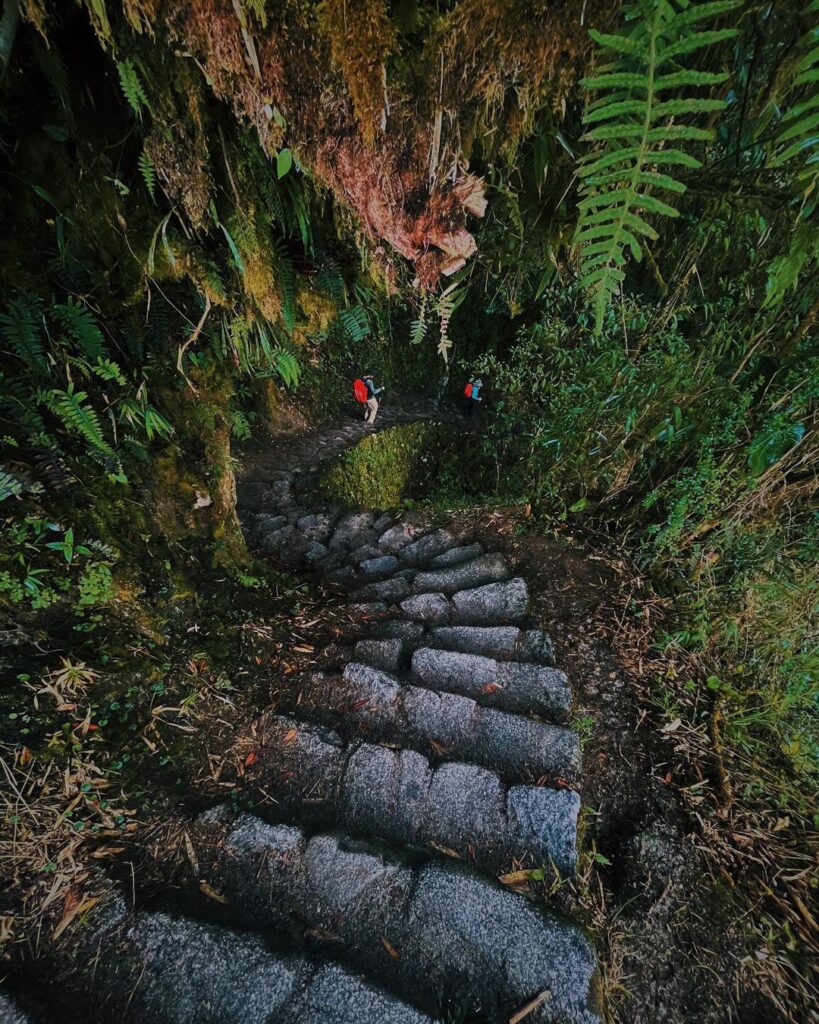
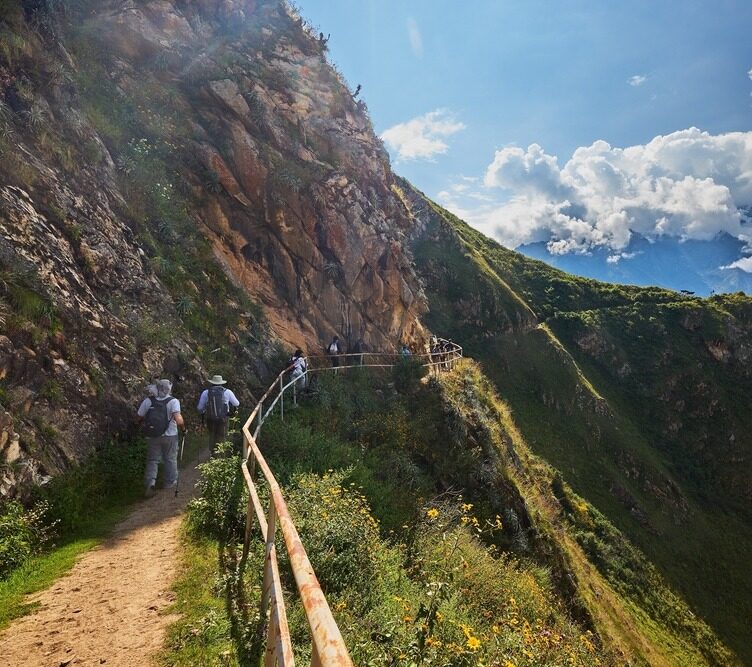
Conclusion: Which Trail is Right for You?
Choosing between the Inca Trail and the Choquequirao Trail ultimately hinges on individual preferences and priorities for an adventure in the Andes. Both trails offer unique experiences and a glimpse into the rich history and natural beauty of the region, but they cater to different types of trekkers.
For those primarily interested in immersing themselves in Incan culture and history, the Inca Trail may be the more suitable option. This iconic route leads to the renowned Machu Picchu, allowing trekkers to witness impressive archaeological sites along the way. However, the Inca Trail is also more congested, featuring a set itinerary and limited permits, which could detract from the experience for those seeking serenity in nature.
On the other hand, the Choquequirao Trail presents an excellent alternative for adventurers looking for solitude and breathtaking landscapes. While this trail requires a higher level of physical fitness and commitment due to its remote location and challenging conditions, it offers a genuine sense of exploration. The archaeological site at Choquequirao is less frequented than Machu Picchu, allowing visitors to appreciate the ruins without the crowds, thus enhancing the overall experience for nature and history enthusiasts alike.
Financial considerations may also play a critical role in this decision. The Inca Trail often comes with a higher price tag due to its popularity and the guided tours required. Conversely, the Choquequirao Trail may present a more budget-friendly option, although it still requires a certain level of investment in time and resources.
In conclusion, selecting the right trail for your Andes adventure depends on a multitude of factors including your personal interests, fitness level, and budget. Whether you prioritize cultural immersion or a tranquil trek through untouched landscapes, both trails offer memorable experiences that are sure to leave a lasting impression.
